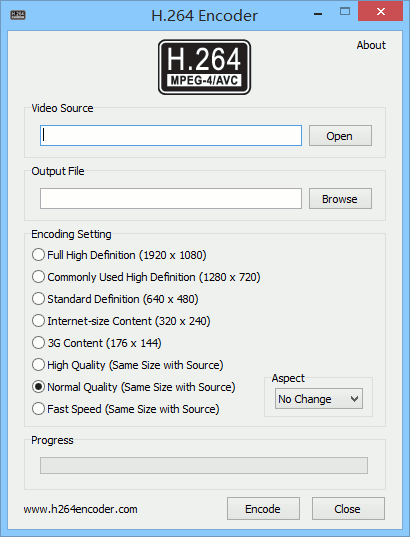
Each of these three pools has its own patent licensing strategy which varies for different types of patent licensor and device type. Unlike h.264, which has 1 patent pool, h.265 has 3 patent pools. The main reason why the adoption of h.265 has been so slow is the mess of its licensing scenario. H.264 vs H.265: Why H.265 is not popular and why we don’t use it at Movavi Although the adoption of HEVC is growing, after five years it’s not nearly as popular as its predecessor. It is a proprietary codec and has a royalty associated with its usage. The downside of HEVC is that it’s much more complicated to encode, requiring triple the resources for the video to be prepared for playback.

This is extremely beneficial for resolutions above 2K as well as video streaming. This means that a file encoded with HEVC is going to be at least 50% smaller than a file encoded in AVC. This codec has a compression rate almost double that of h.264. The successor to H.264, HEVC stands for High Efficiency Video Codec. It is very widely supported and you can be confident you will rarely run into any support issues using the H.264. It provides a good bitrate and helps to keep high-quality video files relatively small. This is the most commonly used video codec. The majority of encoding output today takes the form of h.264 files, also referred to as AVC (Advanced Video Coding). Let’s take a closer look at the most common ones as well as those that are not so popular but that you need to know about.

To make this manageable, to be able to stream multimedia smoothly, and to speed uploads and downloads, it’s useful to be able to make the files smaller – in other words, compress them. Why do we need codecs anyway? Because video and audio take up a lot of storage space.
#Avc video codec code
That’s why we call it codec – the term is a combination of the words code and decode (co/dec). What is a codec?Ī codec is a compression technology that consists of two components – an encoder to compress files, and a decoder to decompress them. We’re here to help you clear things up and also answer one of the most frequently asked questions received in our support center.
#Avc video codec professional
H.264 is widely adopted within many verticals and by a wide range of devices-from professional decoders, all the way down to browsers and mobile devices.If you’re already familiar with editing or outputting video, you’ve probably come across the term codec and wondered what it actually means. The H.264 standard is also flexible enough to be applied to a wide variety of applications, networks, and systems, including those with low and high bit rates, low and high resolution video, broadcast, storage, IP packet networks, many types of networks, such as internet, MPLS, satellite, cable, and also ITU-T multimedia telephony systems. The next generation of compression is known as H.265 or HEVC, offering another quantum leap in efficiency. The purpose of creating H.264/AVC was to pioneer a new digital video standard capable of delivering good video quality at a substantially lower bitrate than previous standards without overly complicating the design so that implementation remains practical, and relatively inexpensive to implement. Through this compression, the codec is able to maintain the same video quality despite using only half of the storage space. This format supports 4K and up to 8K Ultra High-Definition.Ī codec based on the H.264 standard compresses a digital video file (or stream) so that it only requires half of the storage space (or network bandwidth) of MPEG-2. Also known as MPEG-4 Part 10 or Advanced Video Coding (MPEG-4 AVC), H.264 is defined as a block-oriented, compensation-based video compression standard that defines multiple profiles (tools) and levels (max bitrates and resolutions). H.264 is a well-known video compression standard for high-definition digital video.


 0 kommentar(er)
0 kommentar(er)
